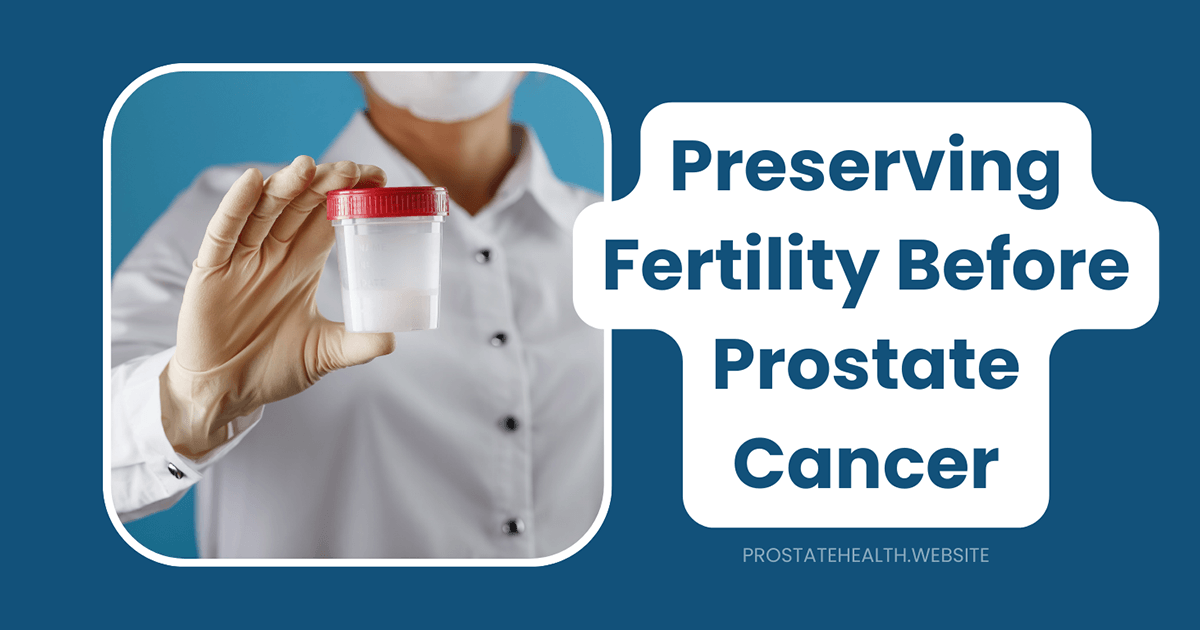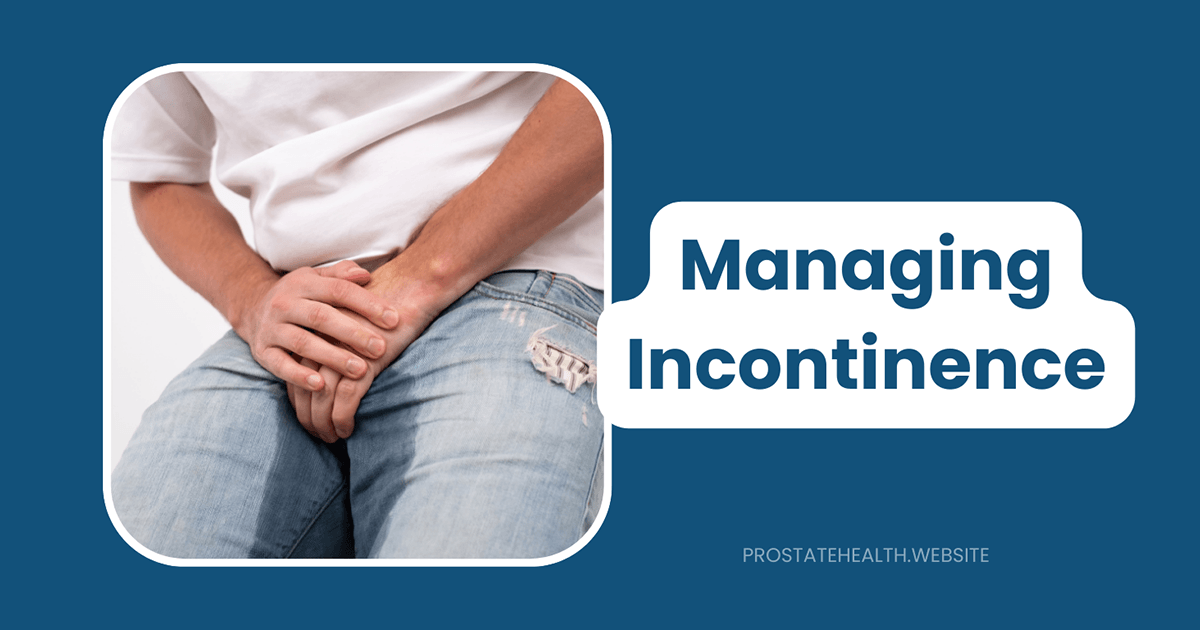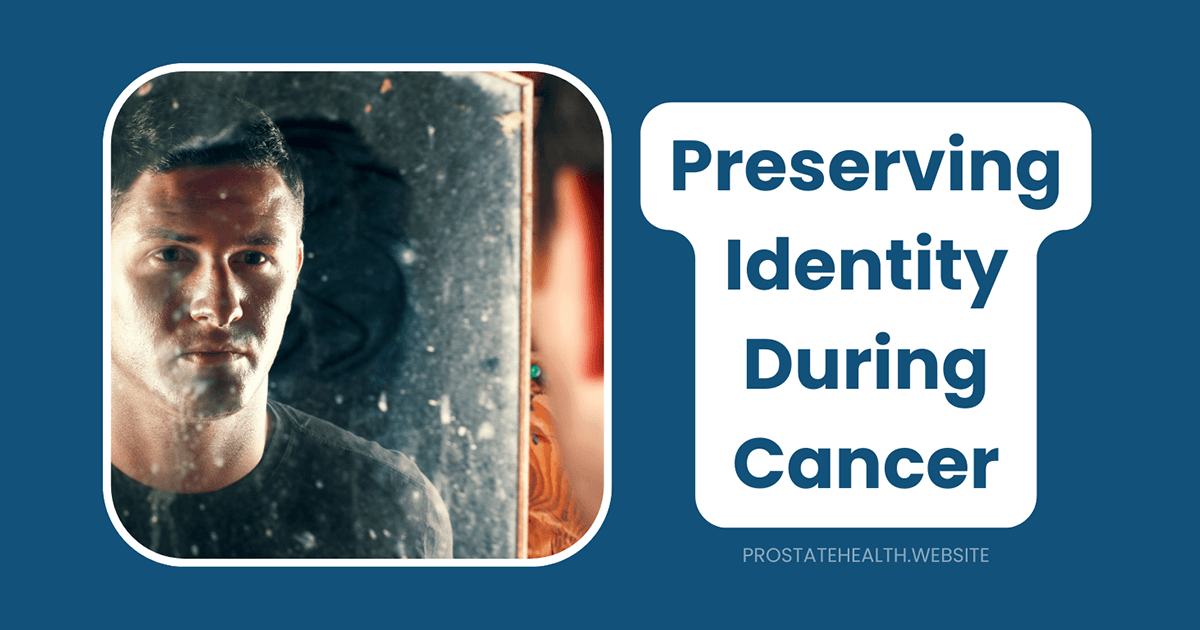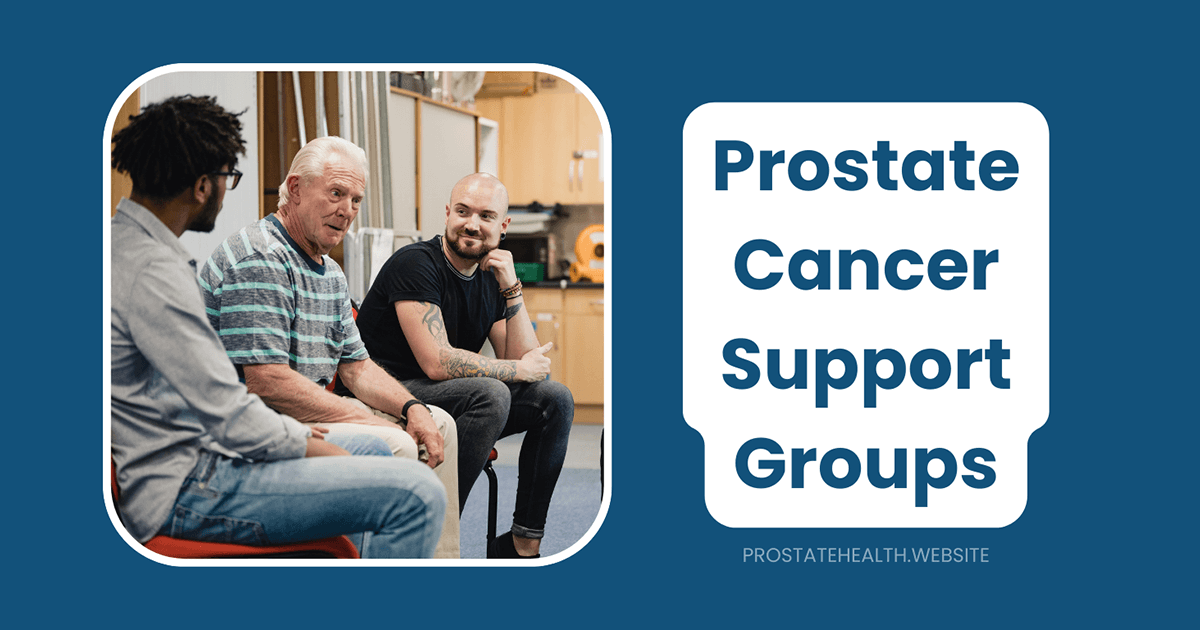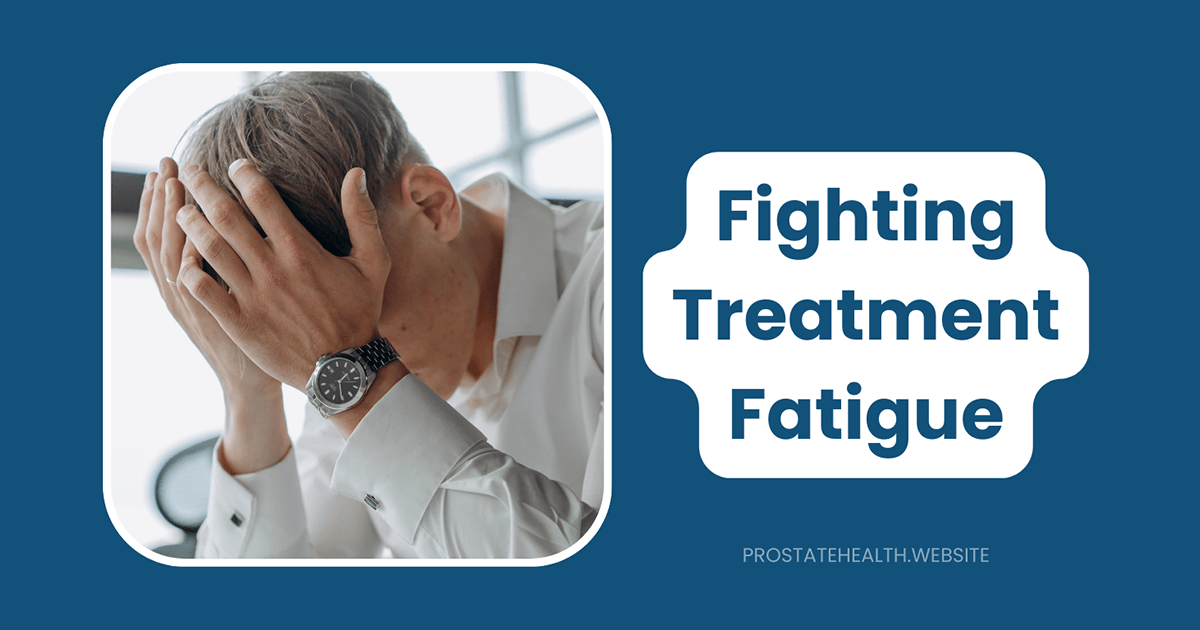Penile Rehabilitation After Prostate Surgery: What Works?
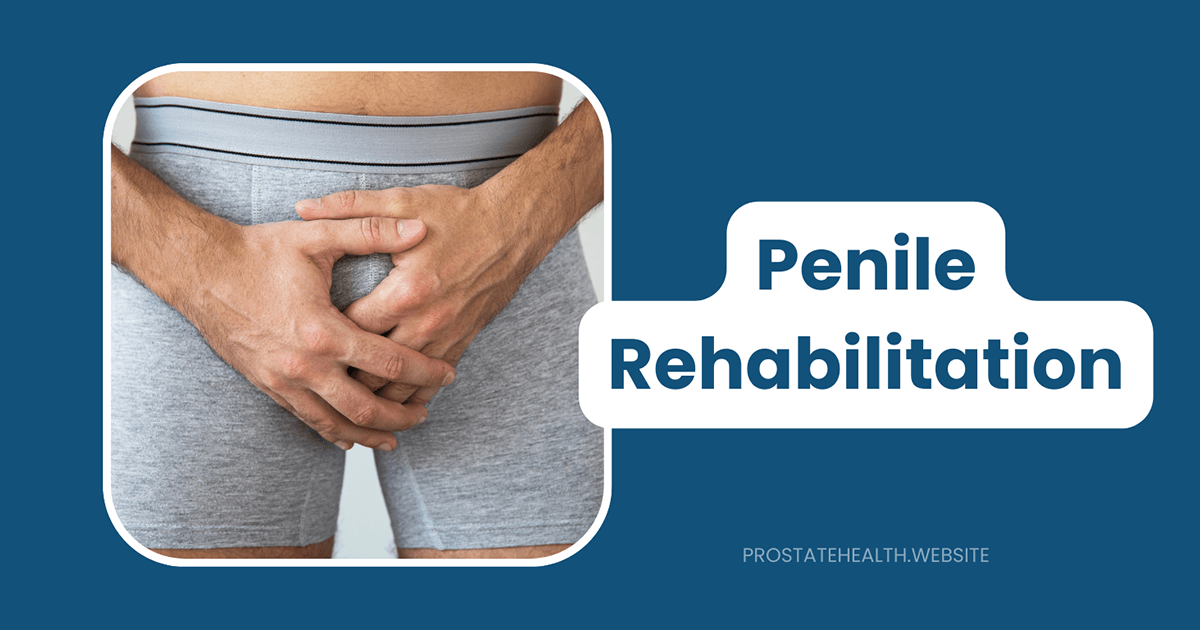
If you’ve undergone prostate surgery, you’re likely aware of one of its most common and distressing side effects: erectile dysfunction (ED). Studies show that up to 90% of men experience some degree of ED following radical prostatectomy, even with nerve-sparing techniques. Without intervention, this dysfunction can persist for up to two years—and for some men, it may never fully resolve on its own.
But there’s good news. Over the past decade, the field of penile rehabilitation has evolved significantly, offering evidence-based approaches that can substantially improve your chances of regaining erectile function. As someone who’s spent years advocating for men’s health, I’ve seen firsthand how the right rehabilitation program can make a tremendous difference in recovery outcomes and quality of life.
In this comprehensive guide, we’ll explore what penile rehabilitation entails, examine the evidence behind various approaches, and provide practical guidance on creating an effective recovery plan.
What Is Penile Rehabilitation?
Penile rehabilitation is a proactive approach to recovering erectile function after prostate surgery. Rather than waiting passively for natural recovery, rehabilitation involves specific interventions designed to:
- Increase blood flow to the penis
- Prevent tissue damage from lack of oxygenation
- Minimize scarring and structural changes
- Preserve penile length and girth
- Promote nerve regeneration
- Ultimately restore the ability to achieve erections sufficient for sexual intercourse
Think of it as “physical therapy” for your penis—a structured program to maintain tissue health and function during the healing process.
Why Rehabilitation Matters: The Science Behind ED After Prostate Surgery
To understand why rehabilitation works, it’s important to know what causes ED after prostate surgery:
1. Nerve Injury
Even with nerve-sparing techniques, the cavernous nerves that control erections are often stretched, bruised, or partially damaged during surgery. These nerves can take 18-24 months to heal, and during this time, erectile function is compromised.
2. Reduced Blood Flow
Without regular erections, blood flow to the penis decreases significantly. This reduced oxygenation can lead to:
- Hypoxia (oxygen deprivation) of penile tissues
- Fibrosis (scarring) within the erectile chambers
- Smooth muscle atrophy (wasting away of important muscle tissue)
- Venous leak (inability to trap blood in the penis during erections)
3. Penile Shortening
Studies show that many men experience a decrease in penile length after prostate surgery—typically 1-2 cm (about 0.4-0.8 inches). This occurs due to fibrosis and lack of regular stretching of the penile tissues.
These changes can become permanent without intervention, making early rehabilitation crucial.
The Evidence: Does Penile Rehabilitation Actually Work?
The research on penile rehabilitation shows mixed but generally positive results:
- A landmark study found that 52% of men in a rehabilitation program reported spontaneous functional erections after 18 months, compared to only 19% in a non-rehabilitation group.
- Research published in the Journal of Sexual Medicine demonstrated that early intervention (starting rehabilitation within 6 months of surgery) led to significantly better outcomes than delayed intervention, with 58% vs. 30% of men regaining unassisted erections at 2 years.
- A 2021 study showed that men using vacuum erection devices as part of early rehabilitation had significantly higher erectile function scores at 7 months post-surgery compared to a control group.
While not every study shows dramatic benefits, the preponderance of evidence suggests that a structured rehabilitation program improves outcomes for most men. The key appears to be early intervention, consistency, and a multi-modal approach.
When Should Rehabilitation Begin?
Timing is critical for successful penile rehabilitation. According to a 2023 international survey of urologists:
- 33% begin rehabilitation at catheter removal (typically 1-2 weeks after surgery)
- 22% start one month after surgery
- 15% initiate some aspects of rehabilitation even before surgery
The research consensus suggests that earlier is better. Most experts now recommend:
- Initial consultation: Before surgery or within 2-4 weeks after catheter removal
- Beginning interventions: As soon as the surgical site has healed, typically 3-4 weeks post-surgery
- Full program implementation: By 4-6 weeks post-surgery
Delaying rehabilitation beyond 6 months post-surgery is associated with poorer outcomes and may miss the critical window for preventing permanent tissue changes.
Rehabilitation Approaches: What Works Best?
There’s no one-size-fits-all approach to penile rehabilitation. The most effective programs typically combine several of the following interventions:
1. PDE5 Inhibitors (Oral Medications)
These medications—including sildenafil (Viagra), tadalafil (Cialis), vardenafil (Levitra), and avanafil (Stendra)—are the most commonly used first-line treatment, with up to 87% of men in rehabilitation programs using them.
How they work: PDE5 inhibitors enhance blood flow to the penis by blocking an enzyme that breaks down cGMP, a compound that relaxes smooth muscles in penile blood vessels.
Evidence of effectiveness:
- A multicenter trial showed that nightly sildenafil resulted in 27% of patients achieving adequate erectile function compared to 4% in the placebo group
- The REINVENT trial found that on-demand vardenafil led to more patients achieving significant erectile function compared to placebo
- Tadalafil taken daily showed significant protection against penile length loss compared to on-demand dosing or placebo
Typical protocols:
- Daily dosing: Lower doses (e.g., tadalafil 5mg or sildenafil 25-50mg) taken daily to promote regular blood flow
- On-demand dosing: Higher doses taken before sexual activity
- Combination approach: Daily low-dose plus additional on-demand dosing
Limitations:
- Less effective if both nerve bundles were damaged during surgery
- Side effects can include headache, flushing, nasal congestion, and indigestion
- May not be covered by insurance for daily use
- Not effective for all men, particularly those with severe nerve damage
2. Vacuum Erection Devices (VEDs)
VEDs create a vacuum that draws blood into the penis, stretching the tissue and promoting oxygenation.
How they work: A plastic cylinder is placed over the penis, and a pump creates negative pressure that pulls blood into the erectile tissues. For rehabilitation purposes, a constriction ring is typically NOT used, allowing blood to flow naturally.
Evidence of effectiveness:
- A 2021 randomized controlled trial found that men using VEDs daily had significantly higher erectile function scores (11.29 vs. 6.61) at 7 months post-surgery compared to controls
- The same study showed that VED use preserved penile girth (9.24 cm vs. 7.91 cm midshaft circumference)
- Research indicates that 80% of men using VEDs achieved erections sufficient for intercourse at 9 months post-surgery
Typical protocols:
- 10 minutes of use daily or twice daily
- Begin 3-4 weeks after catheter removal
- Continue for 6-12 months
Limitations:
- Requires consistent use and proper technique
- Some men find the devices cumbersome or uncomfortable
- May cause minor bruising or petechiae (small red spots)
- Erections may not feel natural
3. Intracavernosal Injections (ICI)
Injections involve delivering medication directly into the erectile tissue of the penis to produce an erection.
How they work: Medications like alprostadil (Caverject, Edex), Bimix (papaverine and phentolamine), or Trimix (papaverine, phentolamine, and alprostadil) are injected into the side of the penis, causing relaxation of smooth muscles and increased blood flow.
Evidence of effectiveness:
- Studies show that up to 90% of men can achieve erections with injections, even when oral medications fail
- Research by Montorsi et al. found that 67% of men using early alprostadil injections achieved spontaneous erections after treatment
- Injections can work regardless of nerve damage, making them effective even after non-nerve-sparing surgery
Typical protocols:
- Injections 2-3 times weekly
- Begin 4-6 weeks after surgery
- Continue for 6-12 months
Limitations:
- Requires comfort with self-injection
- Can cause pain, bruising, or scarring at injection sites
- Risk of priapism (prolonged, painful erection)
- Higher dropout rates due to discomfort with the procedure
4. Combination Approaches
Research increasingly suggests that combining therapies may yield the best results. Common combinations include:
- PDE5 inhibitors + VED: Daily oral medication plus regular vacuum device use
- Scheduled progression: Starting with oral medications, then adding or switching to injections if needed
- Multimodal therapy: Using all three approaches at different times or for different purposes
Creating Your Rehabilitation Plan: A Step-by-Step Approach
Based on the latest evidence, here’s a framework for an effective penile rehabilitation program:
Step 1: Pre-Surgery Preparation (If Possible)
- Establish baseline erectile function with validated questionnaires (e.g., IIEF-5)
- Discuss rehabilitation options with your urologist
- Consider starting PDE5 inhibitors before surgery (if approved by your doctor)
- Set realistic expectations about recovery timeline
Step 2: Early Post-Surgery Phase (Weeks 1-4)
- Focus on general recovery and wound healing
- Begin pelvic floor exercises once approved by your surgeon
- Schedule follow-up appointment to discuss rehabilitation
- Prepare mentally for the rehabilitation process
Step 3: Active Rehabilitation Phase (Months 1-12)
Weeks 4-8:
- Begin daily low-dose PDE5 inhibitor (e.g., tadalafil 5mg)
- Start VED use for 10 minutes daily
- Attempt sexual stimulation without pressure to perform
- Track progress and side effects
Months 2-6:
- Continue daily PDE5 inhibitor
- Increase VED use to twice daily if tolerated
- Consider adding injections if oral medications aren’t effective
- Attempt sexual activity with assistance as desired
- Regular follow-up with healthcare provider to assess progress
Months 6-12:
- Continue effective therapies
- Begin transitioning to on-demand treatment if spontaneous erections are returning
- Adjust approach based on progress
- Consider penile implant consultation if minimal improvement after 9-12 months
Step 4: Maintenance Phase (Beyond 12 Months)
- Continue therapies that work for you
- Gradually reduce frequency if function is improving
- Consider long-term options if recovery is incomplete
Realistic Expectations: What Results Can You Anticipate?
It’s important to have realistic expectations about penile rehabilitation:
- Timeline: Full recovery can take 18-24 months or longer
- Success rates: Vary widely based on age, surgical technique, pre-surgery function, and other factors
- Partial recovery: Many men experience improvement but not complete return to pre-surgery function
- Ongoing management: Some men will need continued assistance with erections
Factors that improve your chances of successful rehabilitation include:
- Younger age: Men under 60 typically have better outcomes
- Good pre-surgery function: Better baseline function predicts better recovery
- Nerve-sparing surgery: Preservation of one or both neurovascular bundles significantly improves outcomes
- Early intervention: Starting rehabilitation within 1-3 months of surgery
- Consistency: Following the program as prescribed
- Absence of other risk factors: Diabetes, cardiovascular disease, and smoking can impair recovery
Emerging Approaches: The Future of Penile Rehabilitation
Several promising new approaches are on the horizon:
1. NeuroSAFE Surgical Technique
A groundbreaking surgical approach called NeuroSAFE has shown remarkable results in preserving erectile function. Presented at the 2025 European Association of Urology Congress, this technique involves real-time evaluation of the prostate during surgery to ensure complete cancer removal while preserving nerve tissue.
Results from the NeuroSAFE PROOF trial showed:
- 39% of men in the NeuroSAFE group had no or mild erectile dysfunction at 12 months, compared to 23% in the standard surgery group
- Only 38% of NeuroSAFE patients experienced severe erectile dysfunction, compared to 56% in the standard group
If you’re planning prostate surgery, ask your surgeon if this technique is available.
2. Low-Intensity Shockwave Therapy (LiSWT)
This non-invasive treatment uses low-energy shock waves to stimulate new blood vessel formation in the penis.
Early research shows promise for:
- Improving response to PDE5 inhibitors
- Enhancing spontaneous erection quality
- Potentially accelerating nerve recovery
While still considered experimental for post-prostatectomy rehabilitation, LiSWT may become an important addition to rehabilitation protocols in the near future.
3. Stem Cell Therapy
Stem cell injections aim to regenerate damaged nerve and vascular tissue in the penis. Animal studies show promising results, and early human trials are underway.
Potential benefits include:
- Nerve regeneration
- Reduced fibrosis
- Improved vascular function
This approach remains investigational but represents an exciting frontier in rehabilitation research.
Overcoming Common Challenges in Penile Rehabilitation
Challenge #1: Cost and Insurance Coverage
Rehabilitation can be expensive, particularly if insurance doesn’t cover treatments:
Solutions:
- Appeal insurance denials with support from your doctor
- Ask about generic medications and patient assistance programs
- Consider lower-cost alternatives (e.g., generic PDE5 inhibitors, which are now widely available)
- Invest in a quality VED, which is a one-time purchase
Challenge #2: Treatment Fatigue
The lengthy rehabilitation process can lead to discouragement and non-adherence:
Solutions:
- Set realistic short-term goals
- Track progress with erectile function questionnaires
- Join a support group for encouragement
- Involve your partner in the rehabilitation process
- Remember that improvements can continue for up to 2 years
Challenge #3: Side Effects
All rehabilitation methods can have side effects:
Solutions:
- Discuss side effects with your healthcare provider
- Consider adjusting dosages or switching medications
- Try different approaches if one method causes problems
- Remember that many side effects diminish over time
The Role of Partners in Penile Rehabilitation
Partners play a crucial role in successful rehabilitation:
- Open communication: Discuss expectations, concerns, and progress
- Shared responsibility: View rehabilitation as a team effort
- Expanded intimacy: Explore non-penetrative forms of intimacy during recovery
- Emotional support: Acknowledge frustrations while maintaining optimism
- Practical assistance: Help with scheduling, reminders, or even administration of treatments if comfortable
Finding the Right Medical Support
Effective penile rehabilitation requires knowledgeable medical guidance. Look for:
- Urologists specializing in sexual medicine: They’ll have the most experience with rehabilitation protocols
- Sexual health clinics: Often offer comprehensive programs and support
- Multidisciplinary teams: May include urologists, sexual health counselors, and pelvic floor physical therapists
Don’t hesitate to seek a second opinion if your current provider doesn’t offer rehabilitation options or seems unfamiliar with current approaches.
Conclusion: Taking Control of Your Recovery
Penile rehabilitation after prostate surgery represents a proactive approach to recovery that can significantly improve your chances of regaining erectile function. While it requires commitment and patience, the potential benefits—both physical and psychological—make it well worth the effort.
Key takeaways include:
- Start early: Begin rehabilitation as soon as medically cleared after surgery
- Be consistent: Follow your program diligently for the best results
- Combine approaches: Multiple methods often work better than single therapies
- Stay patient: Recovery can take 18-24 months or longer
- Communicate openly: With both healthcare providers and partners
- Adjust as needed: Be willing to modify your approach based on results
Remember that even partial improvements in erectile function can significantly enhance quality of life and intimate relationships. By taking an active role in your recovery through penile rehabilitation, you’re giving yourself the best possible chance at regaining this important aspect of your life after prostate surgery.

